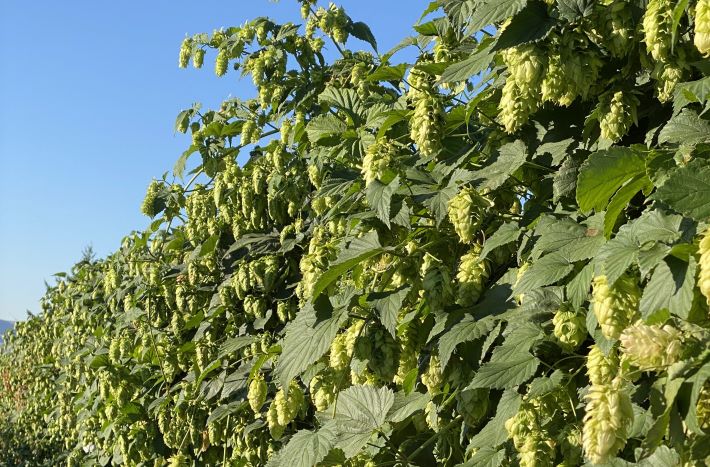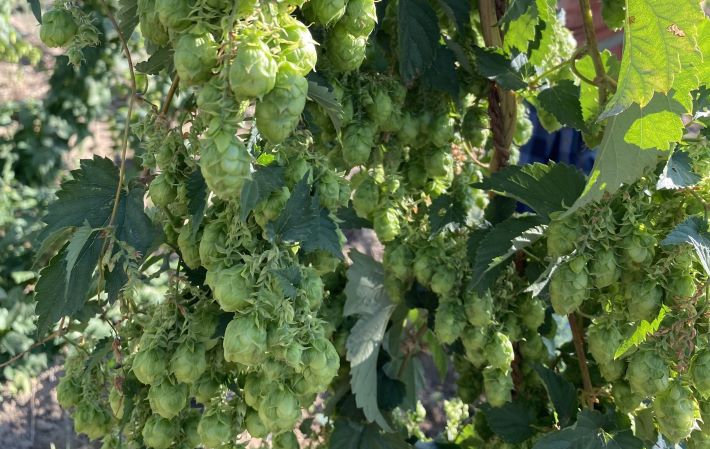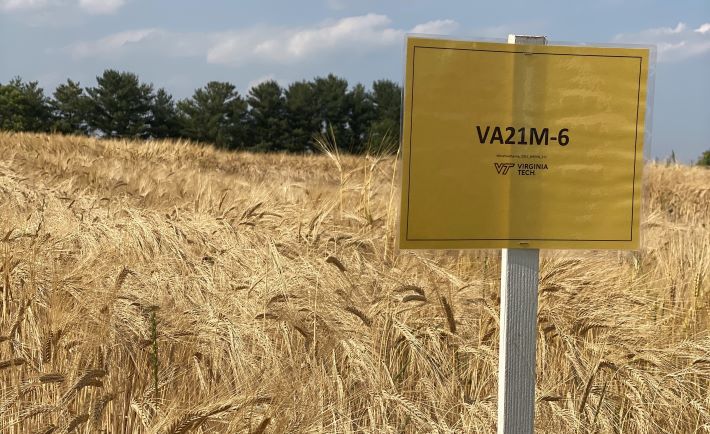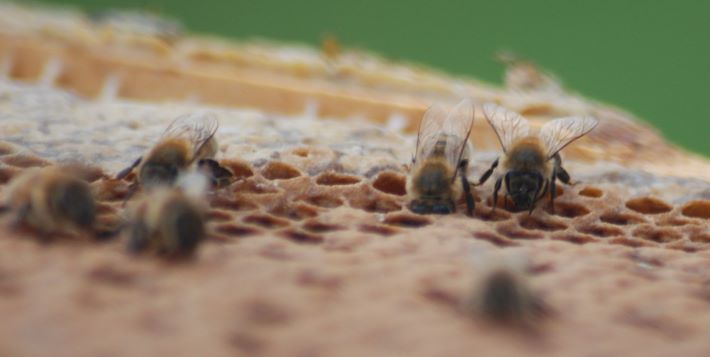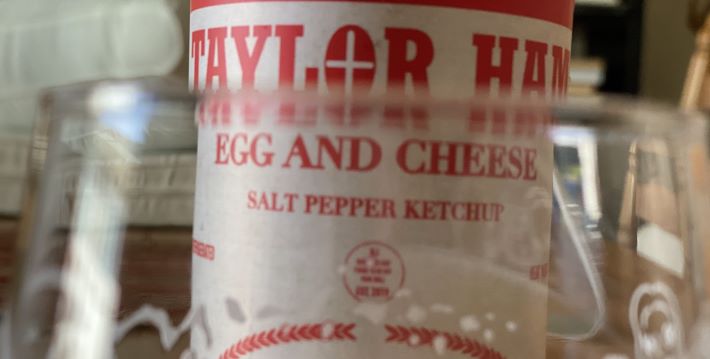
The theme this Monday is from last week and from some time earlier.
Last week: What happens when your local craft brewery is no longer local?
March 2012: What makes local beer better?
The first post is mostly a business story, the second is a reminder that discussions about the meaning of local are not new. It comes from a different time, when 25 beer bloggers would post on the same topic. The Session went on longer than it should have, but five years in once a month it provided some terrific reading. (One cautionary note, you’ll find several links no longer lead anywhere. RIP beer blogging.)
Last week: Billy Busch Wants To ‘Make Bud Light Great Again’
July 2022 (and earlier): Yes, that Billy Busch.
The first headline I saw about this simply referred to an heir who offered to take Bud Light off of A-B’s hands, but I knew immediately it had to be Billy Busch. The headline on the Riverfront Times story (second link) refers to him as a “dubious St. Louis character.” Indeed.
He was always good at grabbing attention. For instance, in 2016 he suggested he would buy Grant’s Farm, where the Clydesdales live. In 2020, there was the reality show The Busch Family Brewed. When we lived in St. Louis he promised to build a large brewery, and his contract-brewed Kräftig brand had a decent local presence. But he abandoned that project in 2019. The status of Busch Family Brewing & Distilling Company is not exactly clear. Neither the website for Facebook page has been updated in 2023.
Last week: Beer-stealing raccoons
Back in the day: 1999 ~ 2002 ~ 2003 ~ Also 2003 ~ 2006
In Thursday’s beery news notes, Alan Mcleod pointed to the raccoons and beer story, and I commented on X that I miss the stories about boozing elephants that were almost common 20-plus years ago. For one thing, they led to a story about genetics and drinking that included this bit of math: In 2006, researchers calculated that based on the amount of alcohol it takes to get a human drunk, a 6,600-pound elephant on a bender would have to quickly consume up to 27 liters of seven percent ethanol.
You might also enjoy
– Why Is This Colorado Brewery Making a Taylor Ham-Themed Beer? In the mountain town of Nederland, this is not strange. The town no longer hosts Frozen Dead Guys Days (the event moved to Estes Park), but the legend lives on. I must go with Daria’s New Jersey expertise on when it comes to this beer. First of all, she says, it should be called pork roll. No, it does not remind her of pork roll, but of a Knotted Root hazy IPA, which is a good thing. What excites her most is learning that pork roll is available in Nederland, a 45-minute picturesque drive from our house.
– Hop Water Makes a Big Splash Into Non-Alcoholic Beer. The list of best hop waters here does not include Austin Beer Works Hop Water. That is a mistake.
– What would a perfect beer awards process look like? This is an excuse to remind you about Garrett Oliver’s “Four-Pint Principle.”. It was several years ago that he explained he means “that I want the customer to WANT to have four pints of this beer.” Circumstances may dictate otherwise, but he or she should want to continue drinking that beer. Oliver was speaking to brewers, telling them they needed to get out and drink their beer where other people drink. “Just before the end of every pint, every customer makes a decision – ‘Will I have another one of these?’” Not that I would volunteer to judge a competition that required drinking four pints of each beer . . .
– A perfect beer festival. 10 reasons, and I an partial to #7: the beers. Hazy, smoked, bright, cloudy. Pale, red ,amber, brown, black. Alcohol free, light, barrel aged, hoppy, malty, Belgian-inspired. Kellerbier, Neipa, Quad, Biere de Garde, Weizenbock, mead, braggot, ice cider.
– Pelikaan Cafe, Antwerp. “Magenta walls brighten the atmosphere of this dimly lit cafe, with ample sunshine flooding in through the feature windows and back door that opens out onto a small outdoor seating area.”
– There’s a halo ‘around the beer. In the Hop-ocalypse Now section, Dave Infante writes at Athletic Brewing Co. “receives a helluva lot of good press for being a 6-year-old brand in a small-share niche that’s enjoyed good press for basically all six of those years.” With some notable exceptions, you would write the same about what many call craft beer for most of the past 40-plus years. For instance, there is this story, and this story.
